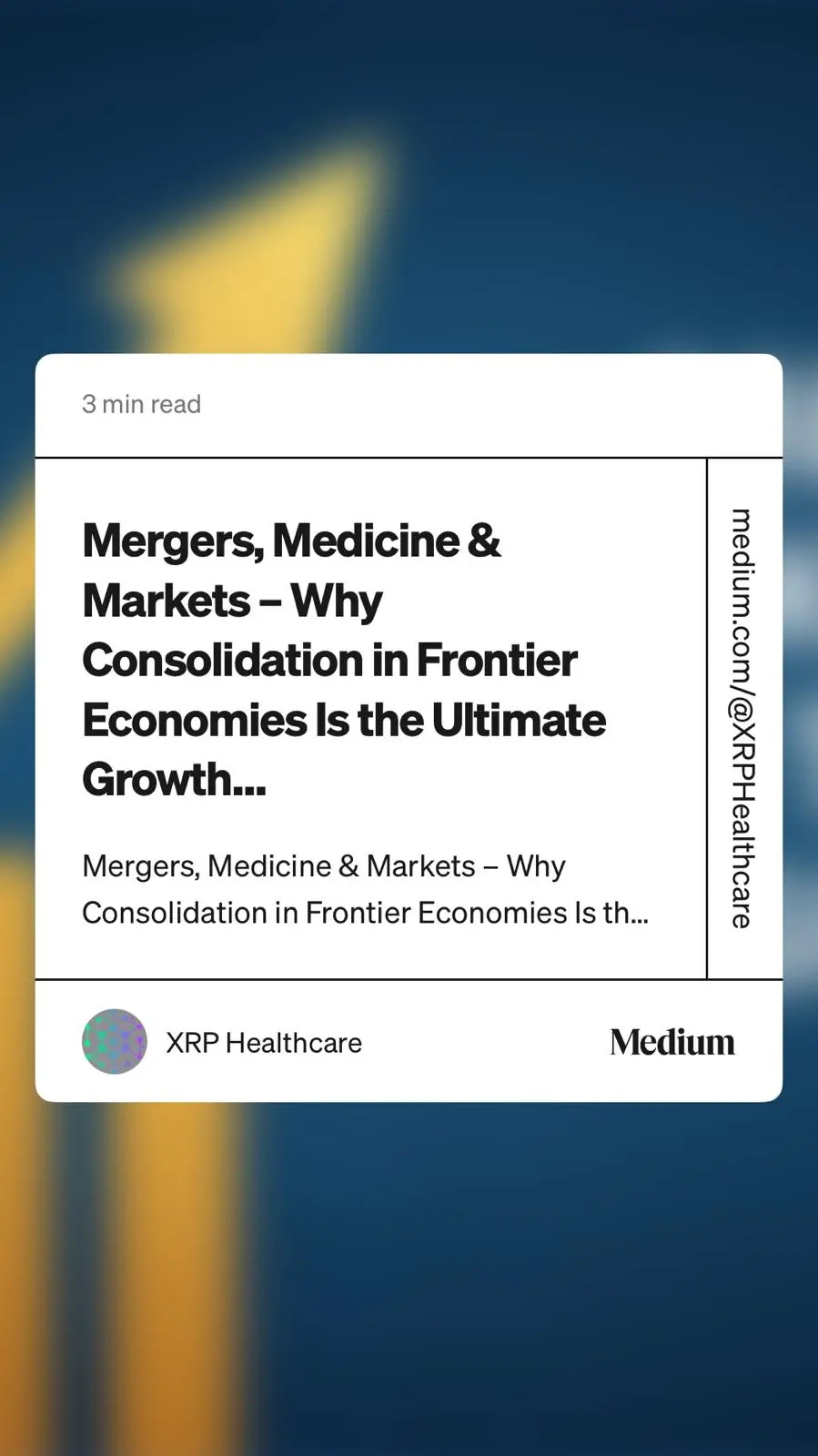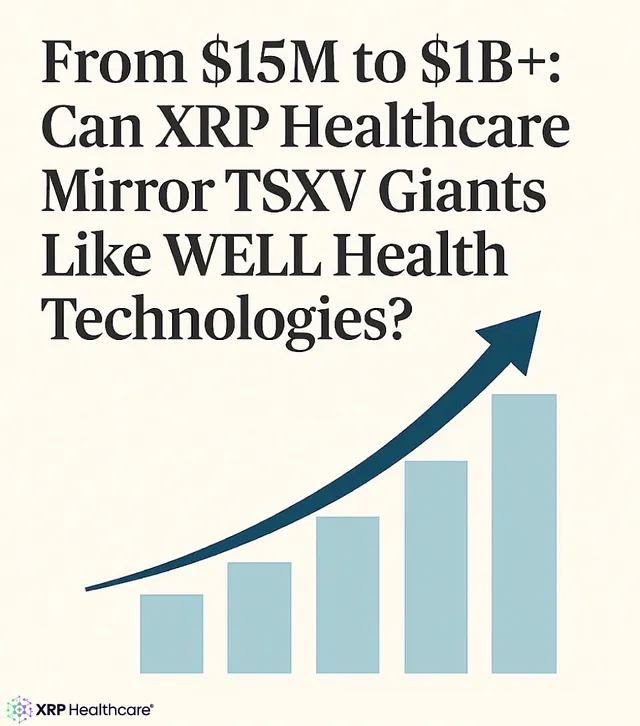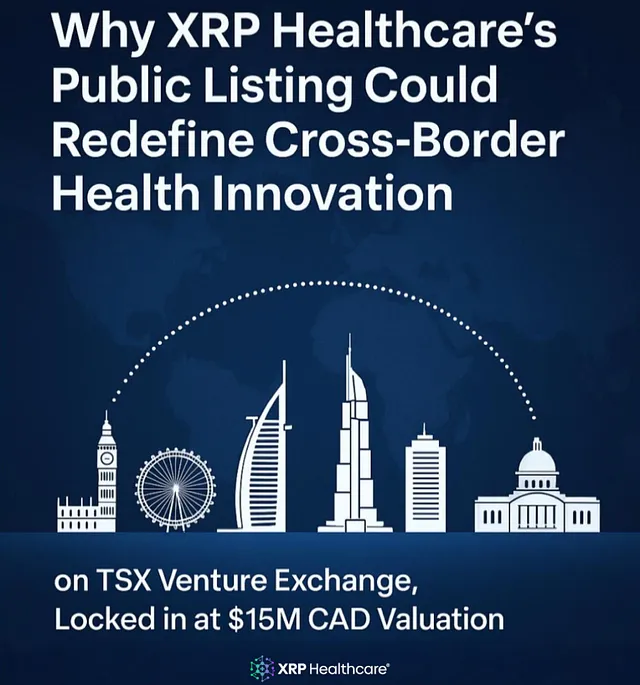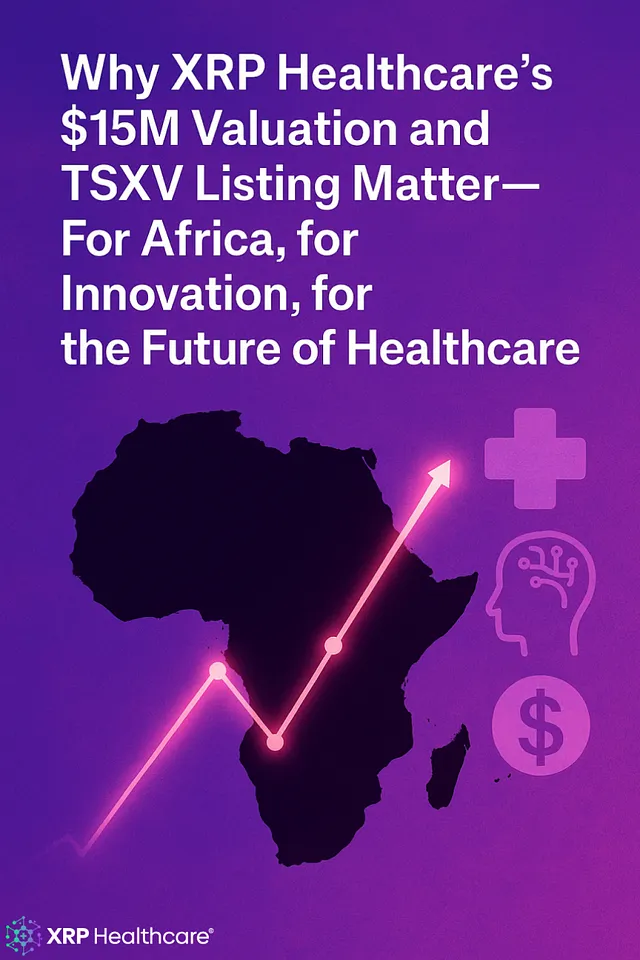In the realm of global business, the phrase “M&A”—mergers and acquisitions—often evokes images of high-stakes Wall Street transactions and corporate power plays. However, beyond financial maneuvering, M&A serves as a transformative force, particularly in fragmented industries within emerging markets. Nowhere is this potential more critical than in Africa’s healthcare sector.
Across nations such as Uganda, Kenya, Rwanda, and Tanzania, healthcare challenges stem not from a lack of expertise or demand but from systemic disconnection. Scattered suppliers, isolated clinics, and disjointed pharmacy networks create inefficiencies that hinder access to essential medical services. In this context, M&A is more than a business growth strategy—it is a fundamental infrastructure solution.
XRP Healthcare: Unifying a Fragmented System
XRP Healthcare is pioneering a new approach to M&A, not merely as a financial instrument but as a blueprint for healthcare system integration and expansion. By acquiring and consolidating independent pharmacies and clinics, the company is addressing key inefficiencies while creating a more connected, reliable, and scalable healthcare network.
The Challenge: A Disjointed Healthcare Landscape
In East Africa, the majority of pharmacies and clinics operate independently, often utilizing outdated record-keeping methods and inconsistent supply chains. This leads to several problems for patients:
- Unpredictable availability of medications
- Price fluctuations
- Concerns over product quality
- Limited treatment options and discontinuity in care
Even in major cities like Nairobi and Kampala, finding a well-networked pharmacy can be challenging. In rural areas, these issues are even more pronounced, with small clinics operating in isolation, often lacking financial support or growth opportunities.
The Solution: M&A as a Structural Reform
To tackle these inefficiencies, XRP Healthcare has begun acquiring pharmacies across Uganda—seven so far, including five wholesale and two retail locations. But this is just the beginning. Each acquisition serves as a foundational block for a broader, interconnected healthcare ecosystem.
Here’s how consolidation drives long-term value:
- Standardization: Prices, inventory systems, and customer experiences become uniform across all locations.
- Economies of Scale: Bulk purchasing lowers costs, making medications more affordable for patients.
- Data Integration: AI-driven inventory and analytics provide real-time insights into regional health trends, optimizing stock management and response times.
- Enhanced Access: A larger, unified network can secure medication licenses that individual pharmacies could not obtain alone.
While this approach is new to Africa’s healthcare sector, it has proven successful in other industries and regions.
Lessons from Global Market Leaders
The power of consolidation has reshaped industries worldwide:
- Retail: Walmart scaled by acquiring and integrating small retailers, optimizing logistics and pricing.
- Pharmaceuticals: CVS Health in the U.S. grew into an industry giant by acquiring independent pharmacy chains and unifying them under a consistent brand experience.
- E-Commerce: Alibaba transformed China’s retail landscape by consolidating fragmented vendors into a single digital marketplace.
These cases illustrate that M&A-driven consolidation does more than expand businesses—it sets new industry standards and enhances consumer expectations. The same principle can be applied to Africa’s healthcare sector to create lasting change.
Why East Africa?
Why is this transformation happening now, and why in East Africa? The answer lies in data and opportunity:
- Projected Growth: Africa’s healthcare market is expected to reach $259 billion by 2030 (McKinsey).
- Regional Integration: The East African Community (EAC) promotes cross-border trade and business scalability.
- Government Initiatives: Nations like Rwanda and Uganda are actively investing in digital healthcare infrastructure, paving the way for innovation.
East Africa stands at a pivotal moment—marked by high demand, increasing technological adoption, and governmental openness to private-sector collaboration.
XRP Healthcare’s Expanding Vision
As XRP Healthcare scales from 7 pharmacies to 70, then 700, its operational advantages will multiply. Each acquisition enhances:
- Negotiating power with suppliers
- AI-driven insights for smarter inventory and service delivery
- Brand recognition and trust
- Regulatory access to broader healthcare products
Additionally, the company’s aggressive expansion strategy aligns with its anticipated public listing in Q3 2025, making it an increasingly attractive prospect for institutional investors and strategic partners.
The Road Ahead: M&A as a Catalyst for Healthcare Transformation
By the time XRP Healthcare reaches the public market, it will have accomplished what few blockchain-rooted companies have managed:
- Establishing a revenue-generating, real-world healthcare network
- Deploying capital effectively in high-impact sectors
- Creating a scalable, standardized healthcare system across East Africa
This initiative isn’t about short-term financial gains or opportunistic acquisitions. It’s about leveraging a proven business strategy to solve one of Africa’s most pressing challenges—while simultaneously unlocking new market potential.
In a region where access to reliable healthcare can mean the difference between life and death, M&A is more than a corporate growth tactic—it’s a tool for lasting, meaningful impact.







